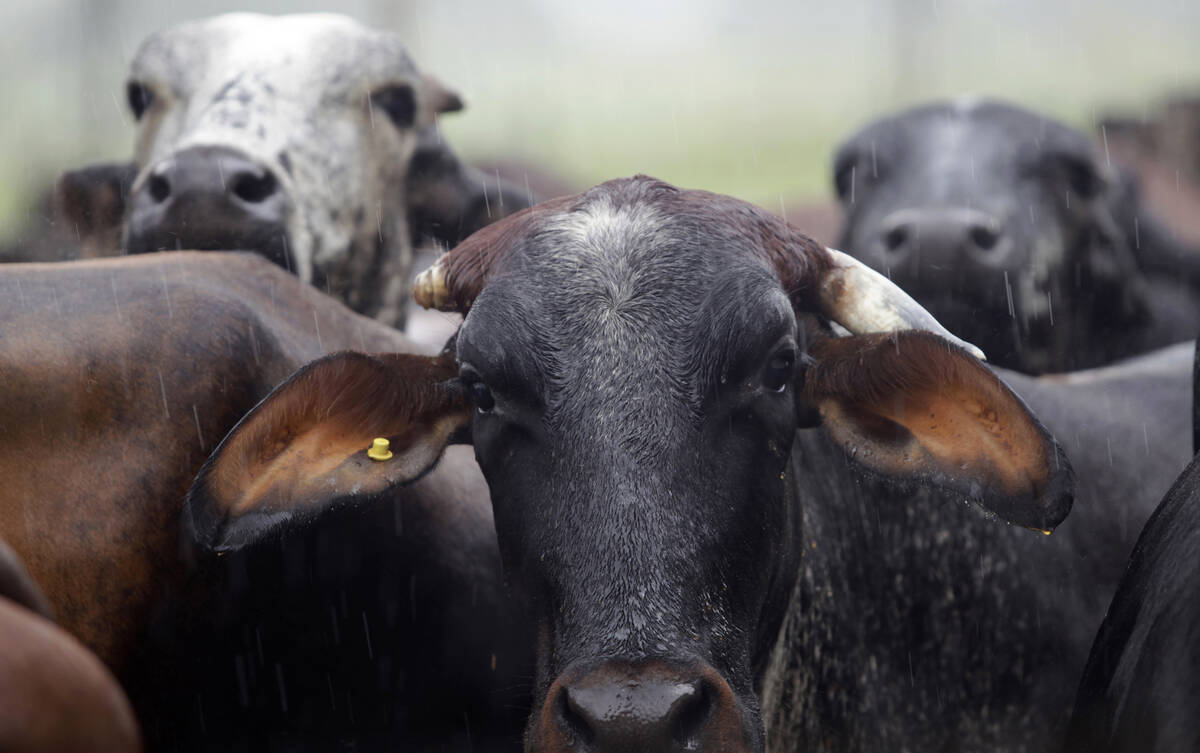The horrendous images of flooding in southern Alberta included stranded animals.
From the now-famous swimming house cat to the herds of horses on riverbanks, it was obvious that more lives were affected than just those of the people.
Emergencies come in many forms. Natural disasters include floods, earthquakes and forest fires.
Two familiar human-made disasters include power failures and oil spills, while social crises, including terrorist attacks, riots and protests, can also force people to evacuate.
Permanent identification of livestock and horses, just as in pets, can greatly increase the chances of recovering these animals in the event of separation during an evacuation.
Read Also

Global meat packer prepares for cattle shortage
Brazilian meat packer JBS is preparing for a likely shift in the country’s cattle cycle that could lead to reduced availability of animals for slaughter next year.
The most traditional method of permanent identification in horses is freeze branding.
Welfare friendly branding in-cludes sedation, local freezing and longer-term pain management before applying the brand.
The advantage of freeze branding is its high visibility.
The number of horses in which microchip identification is inserted is rising. This small plastic unit, the size of a grain of rice, is injected under the skin on the side of the neck in a quick, nearly painless procedure. Microchips are also popular for identifying dogs and cats.
Each microchip emits a unique number that is read by a microchip reader. Companies that make microchips have databases that associate the unique number with the owner’s contact information.
If you choose to microchip your horse, keep in mind that it does not allow for GPS tracking. You must also keep your contact information up-to-date, such as cellphone numbers, alternative contact phone numbers and addresses.
Tattoos, especially in racehorses, are applied to the upper lip. The drawbacks include the inability to see the tattoo from a distance, technical challenges to apply correctly and the fact that they can fade or smudge, making them hard to read in the long term.
Temporary identification information can be tied into manes, especially if horses have to be abandoned and released from flooding pastures.
The information in these tags should be written in water proof, permanent marker or pencil and include the owner’s name and emergency contact phone numbers. Luggage tags work well.
Other temporary identification can include halter tags, clipping a phone number into the hair, livestock paint and hoof etching.
Owners should compose an identity document for each horse that includes name, breed, age, gender, colour and unique markings such as white on the legs or face. Vaccination, deworming and other medical information such as medications should also be included.
Add pictures of each horse from multiple views that highlight unique markings and brands, including the face.
Include contact information for yourself, your veterinarian and an alternative contact who is located some distance from your property.
Keep printed copies of the identity documents, registration papers and insurance policies in your tack room, truck, trailer and home.
One copy of these can be placed in a waterproof bag and taped to your horse’s halter in the event of an evacuation.
Email these documents to yourself so that they are readily available on mobile devices.
It may be necessary to prove ownership of your animals during recovery from a disaster. Pictures of you with the horses, registration papers in your name, microchipping, brands and bills of sale can all support your claim of ownership.
Keep a halter and lead rope for each horse. Practice trailer loading and keep enough extra feed on hand for at least a few days.
The barrage of online ads from people offering to board evacuated horses and transportation during the Alberta flood was amazing.
It would be a great idea to compose of list of phone numbers for horse facilities located outside your geographical area that you could use in the event of an emergency.
Livestock and horses should ideally be moved to high ground as soon as the threat of flooding is identified.
However, the recent flooding hit Alberta so suddenly that people had little time to save themselves, let alone move herds of animals.
Preparation and planning can make the difference between life and death, no matter what type of disaster strikes.
These are general guidelines. In the case of an emergency, pay attention to local emergency response teams for specific instructions.














